In order to make the operation of the hot stamping foil slitting machine simpler and safer, it is necessary to optimize the design from the four dimensions of human-computer interaction, automation, safety protection and user experience. Here are some specific options:
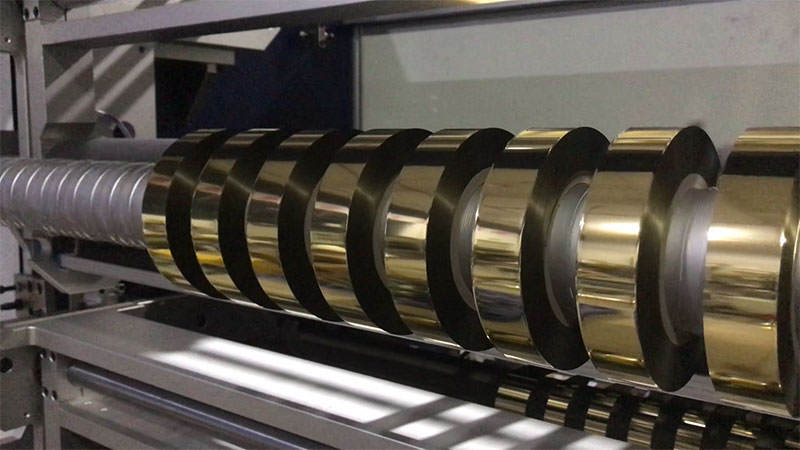
1. Streamline the process
• One-touch start/stop
The integrated intelligent control panel presets common slitting parameters (such as width, tension, speed), and the operator only needs to select the preset mode to start, reducing manual debugging steps.
• Automatic web guiding system
It is equipped with a high-precision photoelectric sensor to automatically detect the edge position of the hot stamping foil and adjust the slitting position in real time to avoid frequent manual calibration.
• Quick tool change design
The modular turret allows for tool-free disassembly and a magnetic positioning device for blade change in less than 30 seconds.
2. Enhance security
• Physical isolation + intelligent sensing
◦ Fully enclosed protective cover (transparent material for easy viewing), activated only when the device is fully closed.
◦ Install lidar or grating in hazardous areas (e.g., cutter rollers, reeling shafts) and automatically shut down when a limb is detected.
• Double backup for emergency braking
In addition to the traditional E-STOP button, a wireless remote E-STOP device (which can be worn on the operator's wrist) is added, which automatically triggers the shutdown in the event of an accidental fall or distraction.
• Automatic scrap removal
The integrated negative pressure suction system collects the debris generated by slitting in real time to avoid touching the tool during manual cleaning.
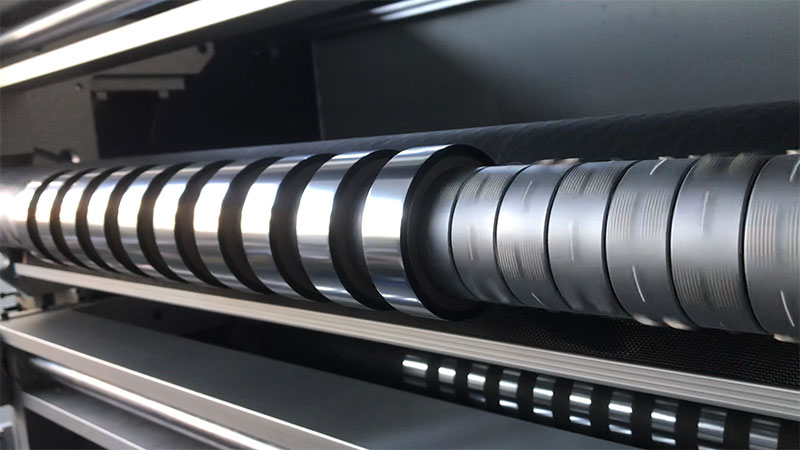
3. Intelligence and visualization
• AR assisted operation
Real-time guidance is provided by the AR headset or overlay on the screen, displaying the slitting path, tension value, and fault points (such as foil wrinkle prompts) to lower the threshold for operation.
• Adaptive tension control
The tension is automatically adjusted according to the material and thickness of the hot stamping foil to avoid material breakage or curling caused by parameter errors.
• Fault self-diagnosis system
Vibration sensors and current monitoring provide early warning of tool wear, bearing failures, and other problems, and display solutions on the screen (e.g. "Inserts need to be replaced, click here for steps").
4. Ergonomic optimization
• Adjustable operator station
The height and angle of the control panel can be adjusted electrically to accommodate operators of different heights. Key buttons (such as start, emergency stop) adopt a convex design + anti-mistouch protective cover.
• Low noise design
The use of silent guide rails and sound-insulating materials controls the operating noise below 65 decibels, reducing fatigue during long-term operation.
• Haptic feedback
Vibration prompts are added to the adjustment knob (e.g., slight vibration when the parameter exceeds the limit) to strengthen operation confirmation.
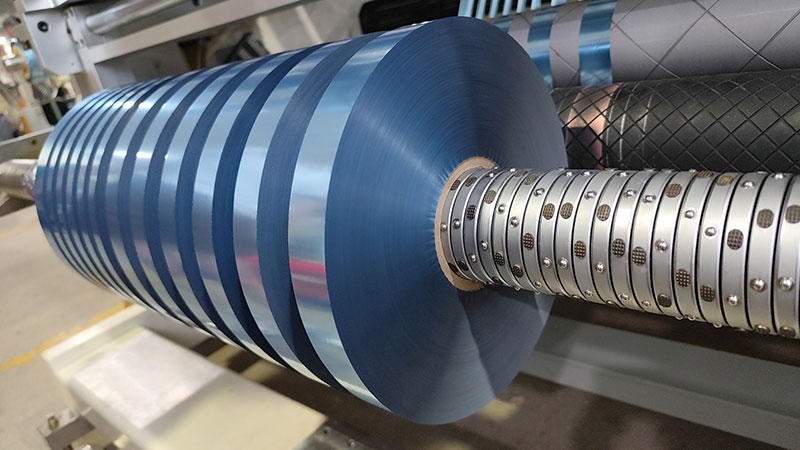
5. Training & Maintenance Friendliness
• 3D interactive manual
Provide a virtual teardown demonstration of the internal structure of the device to help novices quickly understand the principle.
• Modular maintenance
The circuit, gas circuit, and mechanical unit are partitioned and color-coded (for example, red is the high-risk area, blue is the gas path) to simplify the daily spot inspection.
Case Reference
• A brand of slitting machine: through "voice guidance + LED light strip" to indicate the next operation (such as "please put in the coil, the green light flashes as the positioning point"), so that the training time is shortened by 40%.
• German equipment safety standards: It is required that the rotating part guard must pass the design test "two interlock switches cannot be reached with one hand at the same time" to prevent accidental opening.
Through the above design, it can not only reduce the requirements for operator skills, but also reduce safety hazards (such as cuts, roll clamps) by more than 90%, and improve production efficiency. The key is to combine technical reliability with human details, rather than simply stacking up functions.
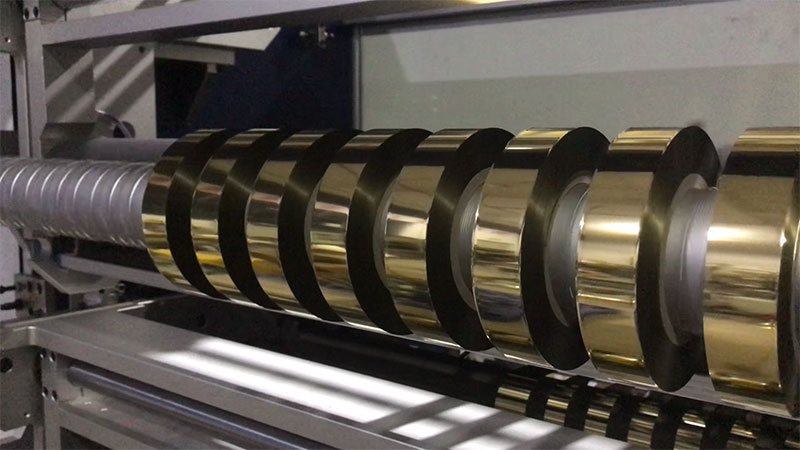 Key points of long-term reliability evaluation of hot stamping foil slitting machine: How to protect investment safety on the blade?
Key points of long-term reliability evaluation of hot stamping foil slitting machine: How to protect investment safety on the blade?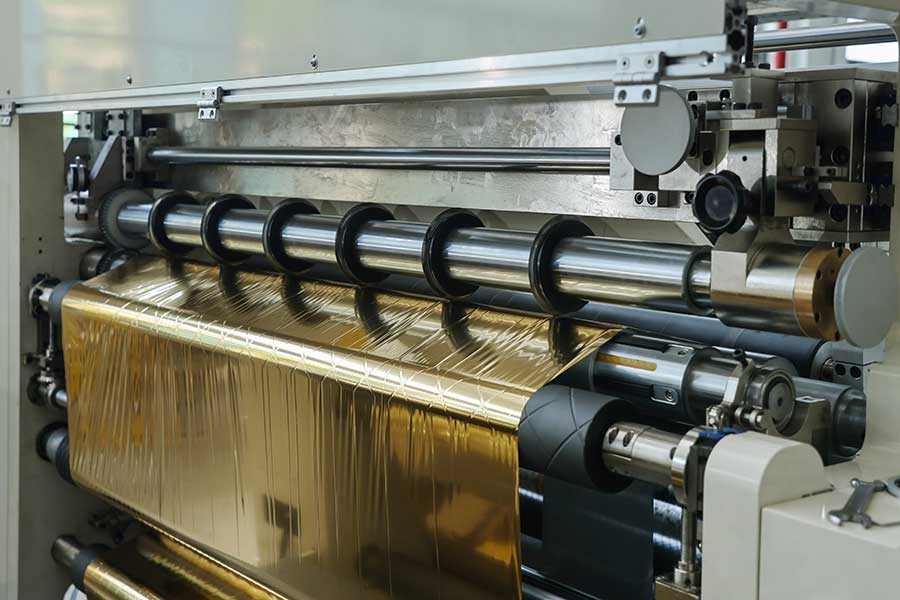 Real user feedback: Reliability challenges and countermeasures in the production of hot stamping foil slitting machines
Real user feedback: Reliability challenges and countermeasures in the production of hot stamping foil slitting machines Simplifying the complex: when the hot stamping foil slitting machine learns to "think"
Simplifying the complex: when the hot stamping foil slitting machine learns to "think"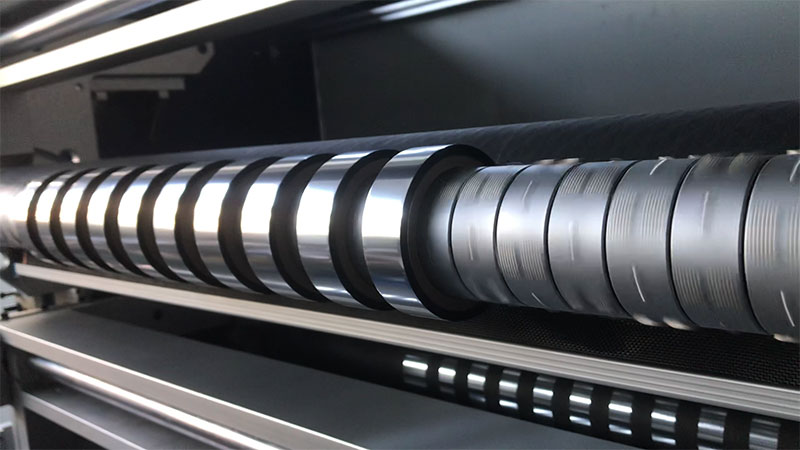 Reduced downtime: Reliability improvement solution for hot stamping foil slitting machines
Reduced downtime: Reliability improvement solution for hot stamping foil slitting machines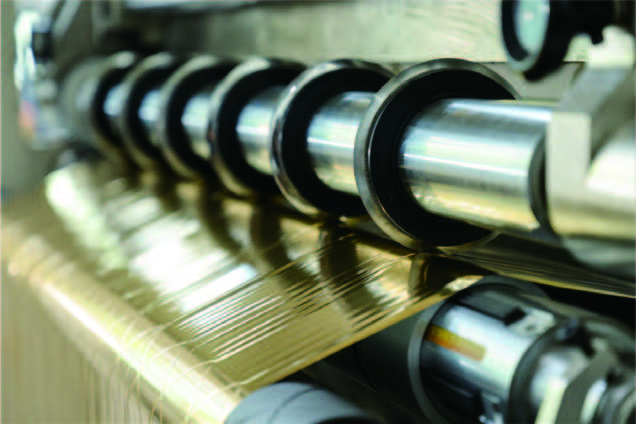 High reliability commitment: Durability testing and guarantee of hot stamping foil slitting machines
High reliability commitment: Durability testing and guarantee of hot stamping foil slitting machines